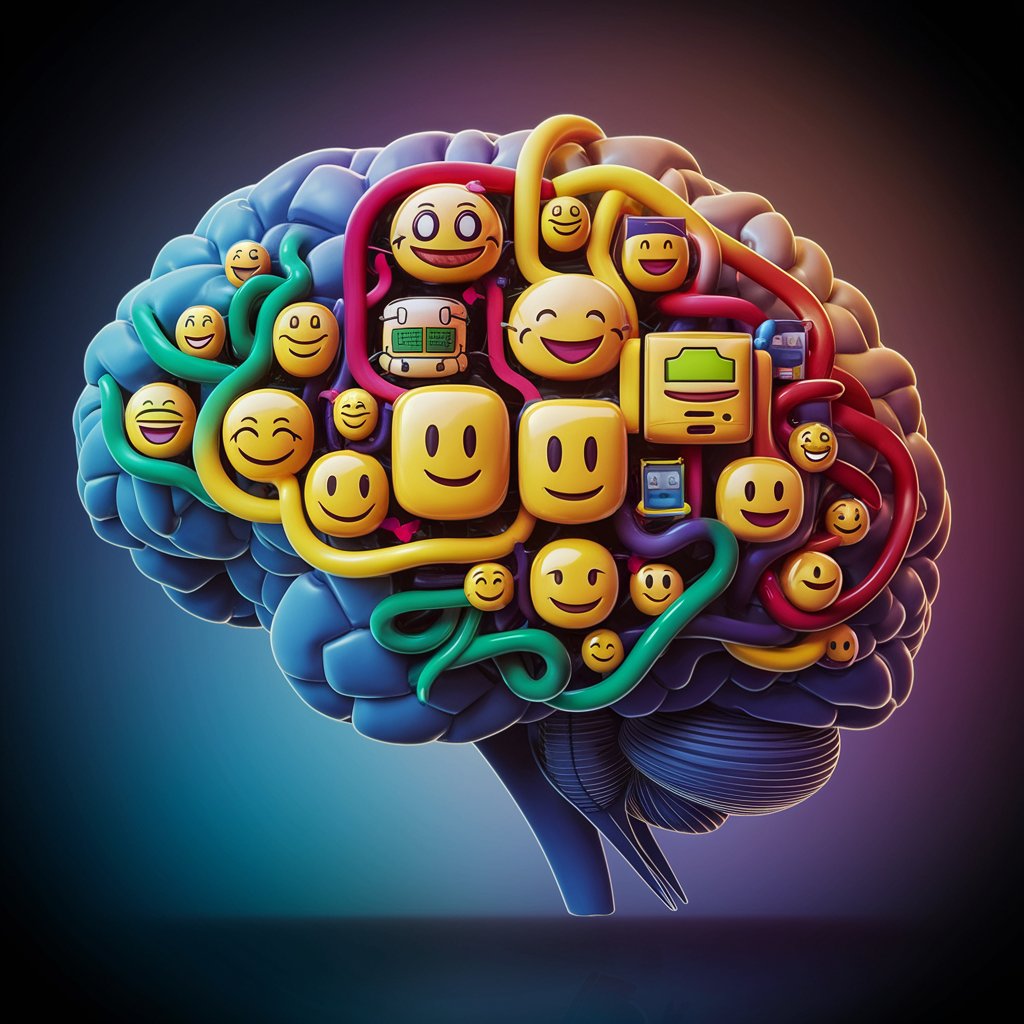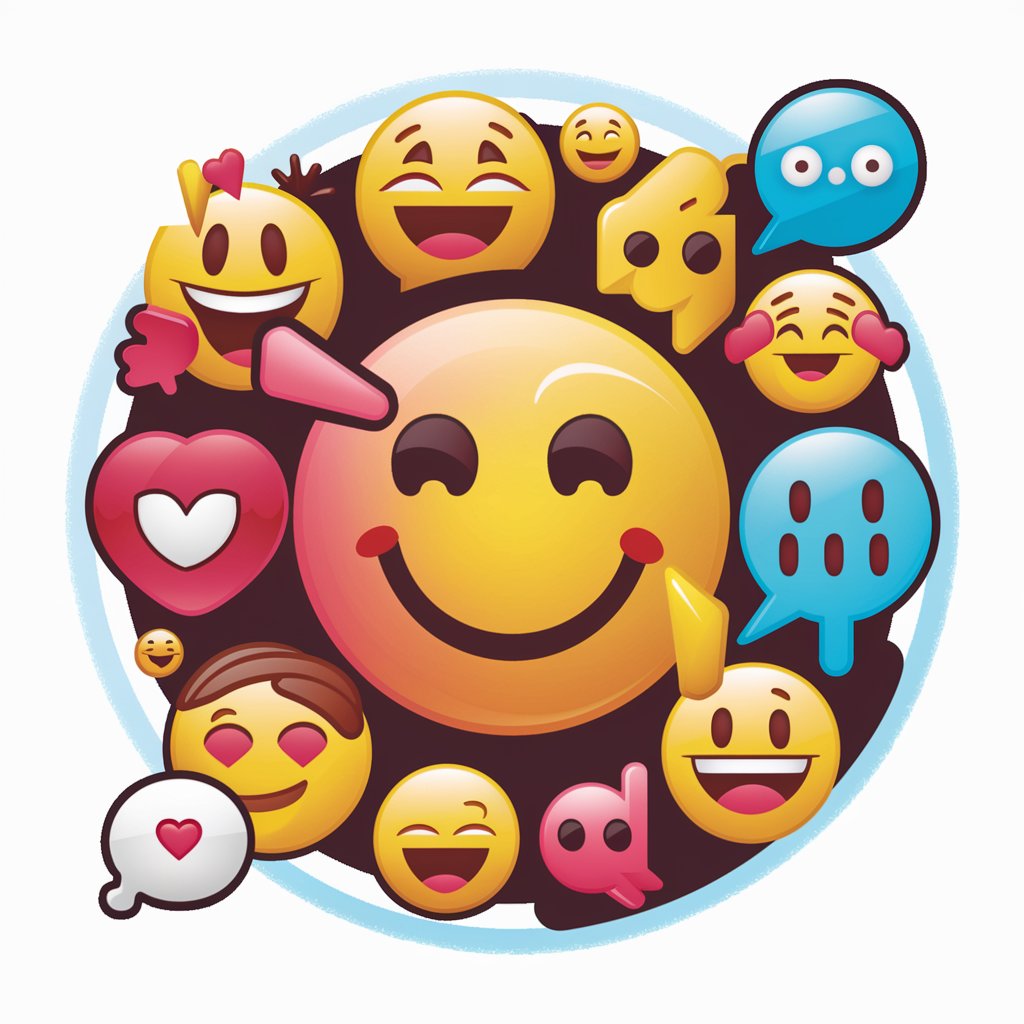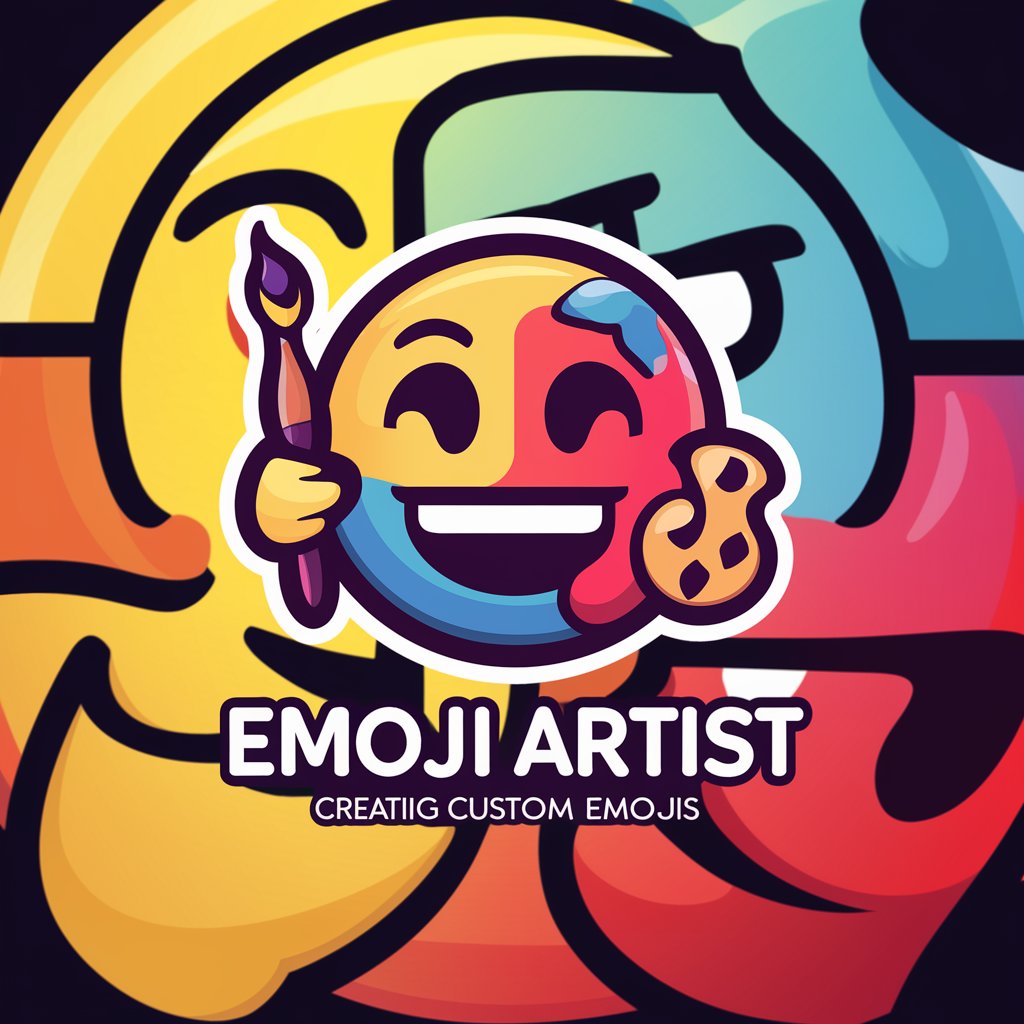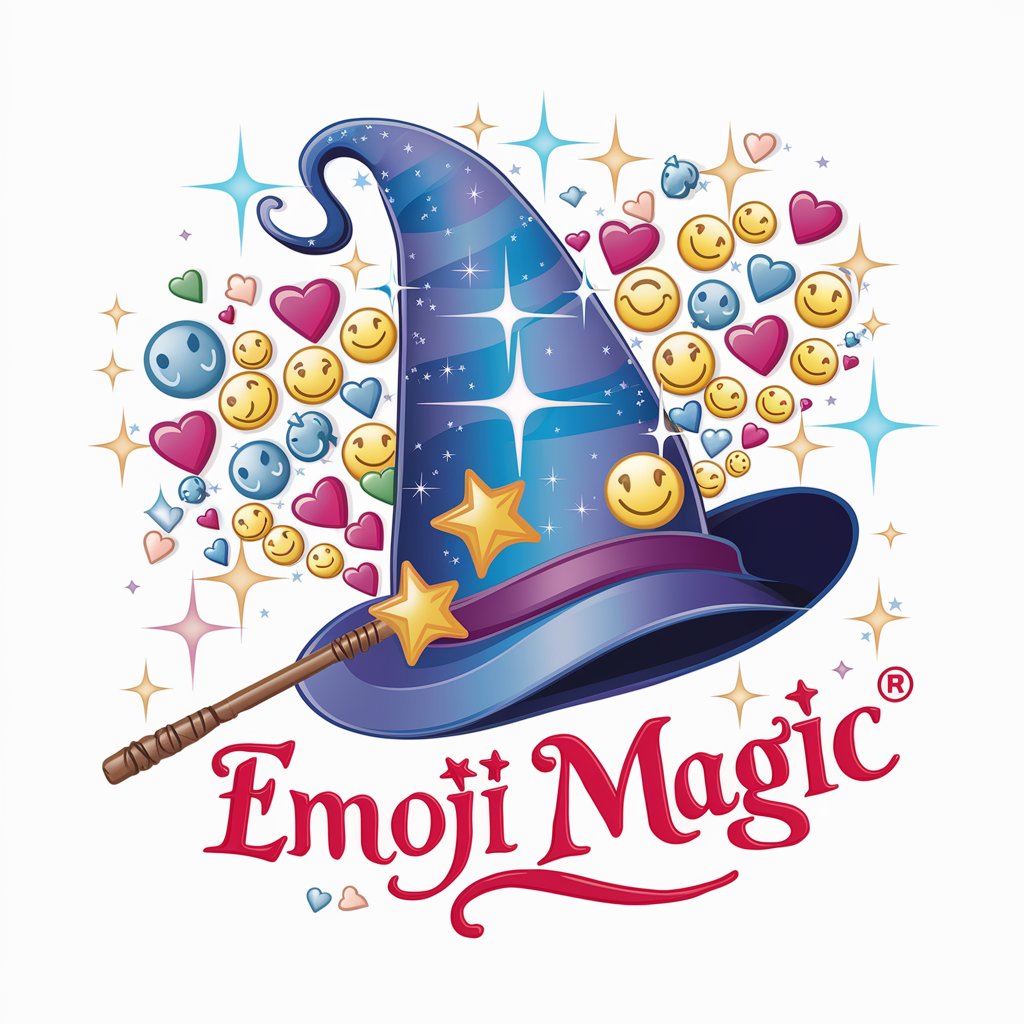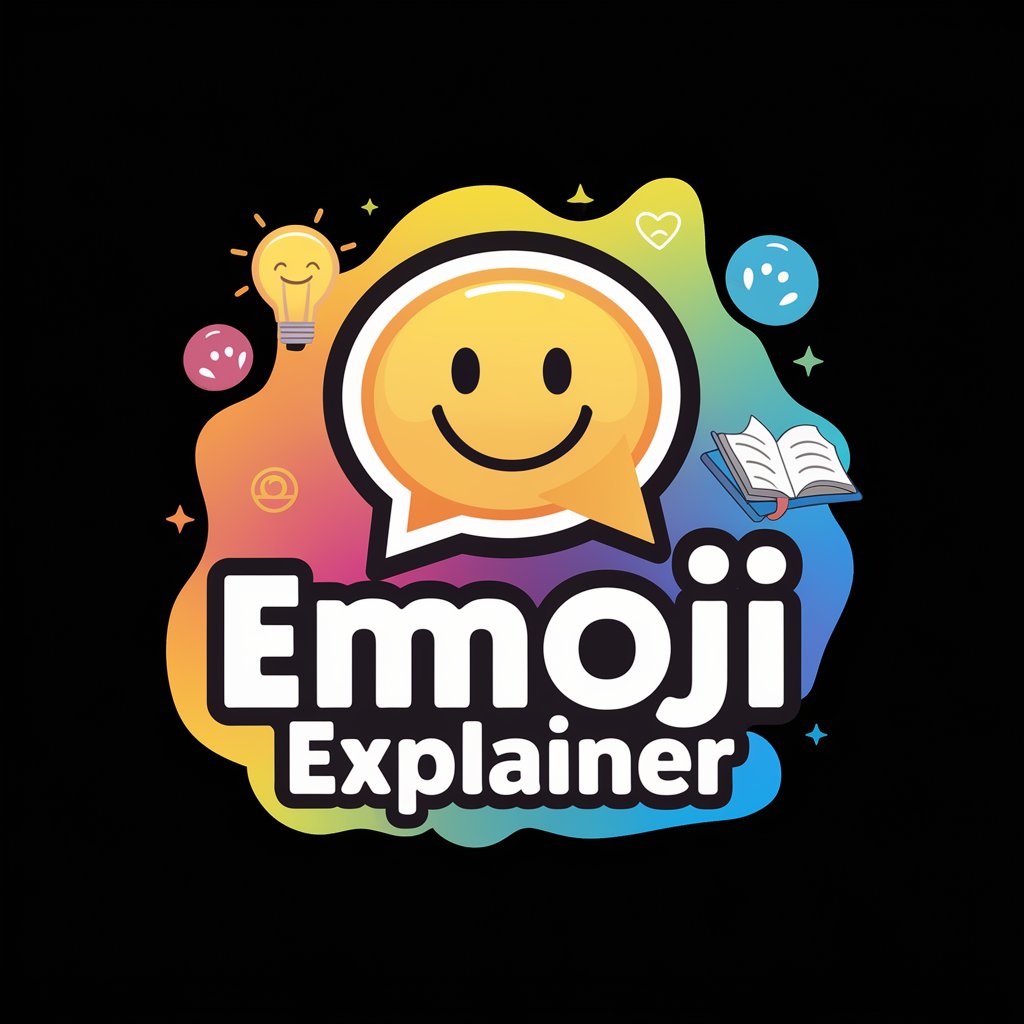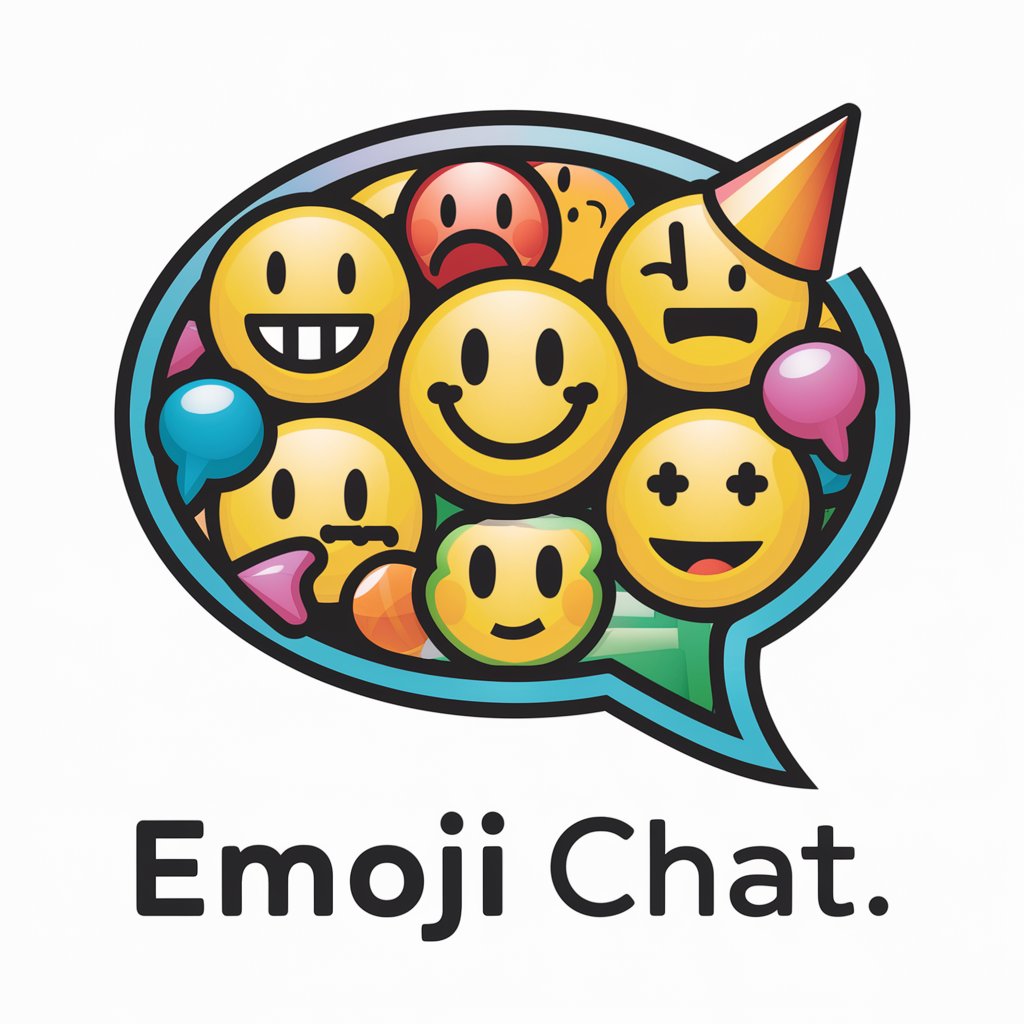
Emojis - Emoji Usage Guide

Hello
Enhance Communication with AI-Powered Emojis
Get Embed Code
Understanding Emojis 🌐
Emojis are small digital icons or images used to express ideas, emotions, or actions in digital communications. Originally developed in Japan in the 1990s, emojis have become a universal language for conveying emotions, reactions, and context in a concise and visually engaging manner. They range from facial expressions, common objects, animals, and weather symbols to food, professions, and flags. Emojis serve to enrich text messages, social media posts, and emails, adding layers of meaning or emotion that words alone might not fully convey. For example, a smiley face 😀 can indicate happiness or approval, while a heart ❤️ symbolizes love or affection. Emojis can transform a simple message into a more expressive and nuanced communication, bridging language barriers and enhancing the digital conversation experience. Powered by ChatGPT-4o。

The Diverse Functions of Emojis 🛠️
Expressing Emotions
Example
Using 😂 to show laughter in response to a funny message.
Scenario
In a text conversation, emojis like 😂, 😢, or 😠 quickly convey the sender's emotional reaction, adding depth to the digital interaction.
Enhancing Communication Clarity
Example
Adding 🍕 to specify dinner plans involve pizza.
Scenario
Emojis can clarify the intent or subject of a message, reducing misunderstandings. For instance, 'Let's grab dinner 🍕' instantly communicates the idea of eating pizza, making the message clearer.
Representing Physical Objects or Activities
Example
Using 🏃♂️ to indicate going for a run.
Scenario
Emojis can represent actions or objects, providing a visual summary of activities or plans. 'I'm going 🏃♂️ this morning' quickly shows the activity without needing detailed explanation.
Cultural and Event Representation
Example
Celebrating holidays with 🎄 for Christmas or 🎃 for Halloween.
Scenario
Emojis offer a way to celebrate or acknowledge cultural events, allowing users to share festive messages or posts that resonate with seasonal or cultural moments.
Who Benefits from Using Emojis? 🎯
Digital Communicators
Individuals who frequently engage in text messaging, social media, and email. Emojis help them add emotion and clarity to their messages, making digital conversations more engaging and expressive.
Content Creators
Bloggers, marketers, and social media influencers who use emojis to catch attention, convey messages succinctly, and engage with their audience on a more personal level.
Global Communicators
People communicating across language barriers. Emojis serve as a universal language that can help convey messages and emotions without the need for translation, facilitating smoother international communication.

How to Use Emojis Effectively
1
Start by visiting yeschat.ai for an engaging experience without the need for sign-up or a ChatGPT Plus subscription.
2
Familiarize yourself with the emoji keyboard or emoji menu on your device, often accessible through the smiley icon on your keyboard.
3
Consider the context and audience before choosing an emoji to ensure it enhances your message without causing misunderstandings.
4
Use emojis sparingly to highlight emotions or ideas, avoiding overuse to maintain the clarity and professionalism of your message.
5
Stay updated with new emojis and their meanings, as this will help you stay relevant and expressive in your digital communications.
Try other advanced and practical GPTs
Local Community Insights and News GPT
Empowering Community Connections with AI

Reportero Inteligente
Insightful Reporting, Powered by AI

PowerShell Pro
Empowering PowerShell mastery with AI.

👑 Data Privacy for Fashion Design Services 👑
AI-Powered Data Privacy Advisor

! Guide to Resume !
Craft Your Professional Story with AI

Customer Service Tutor
Elevate Your Service Skills with AI

42master-GPT Docs
Empowering development with AI intelligence.

GPTBoss | Finn Day
Elevate Your Online Presence with AI-Powered Marketing Insights

L3G10N Community Hive Mind
Engage with AI-powered global perspectives
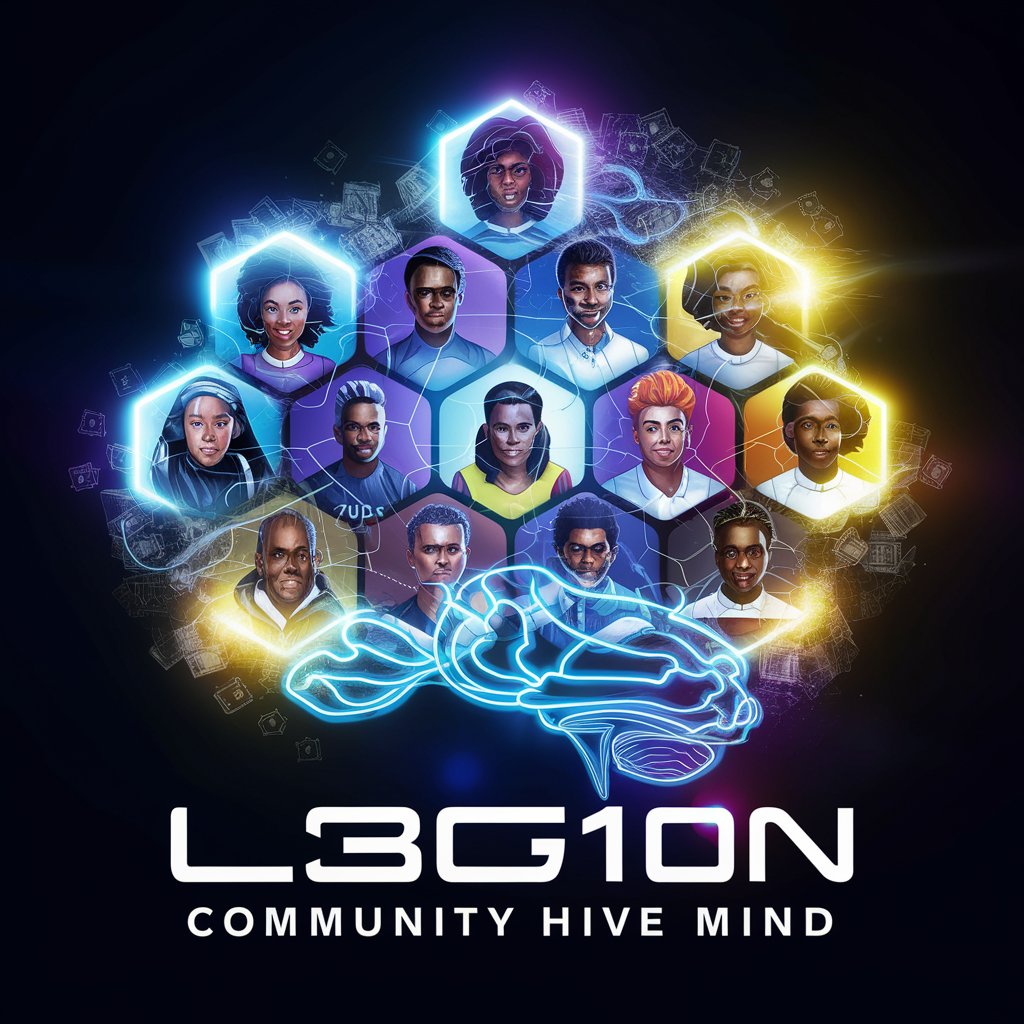
Colorful Creations
Unleash creativity with AI-powered coloring designs.

Steunpunt ADD & Sociale Fobie
Empowering ADD & Social Phobia Management

Wizard on Sourcing
AI-powered sourcing and procurement wizard

Detailed Q&A About Emojis
What are emojis and why are they used?
Emojis are digital symbols or icons used to express emotions, concepts, or ideas in digital communications. They're used to add tone and convey emotions more effectively than text alone, making messages friendlier and more relatable.
Can emojis be used in professional settings?
Yes, emojis can be used in professional settings, but with discretion. They can help soften the tone, build rapport, or convey positivity, provided they're appropriate for the workplace culture and context.
How do I choose the right emoji for my message?
Select emojis that accurately reflect the emotion or idea you want to express. Consider the cultural and contextual meanings of emojis to ensure they're interpreted as intended.
Are there any universal emojis?
While some emojis, like the smiley face or heart, have broadly understood meanings, the interpretation of emojis can vary by culture and context. It's important to know your audience.
How can emojis impact the readability of my messages?
Used appropriately, emojis can enhance readability by breaking up text and adding emotional depth. However, overuse or misuse can make messages confusing and detract from the clarity of communication.
